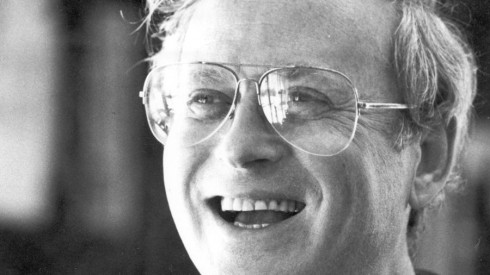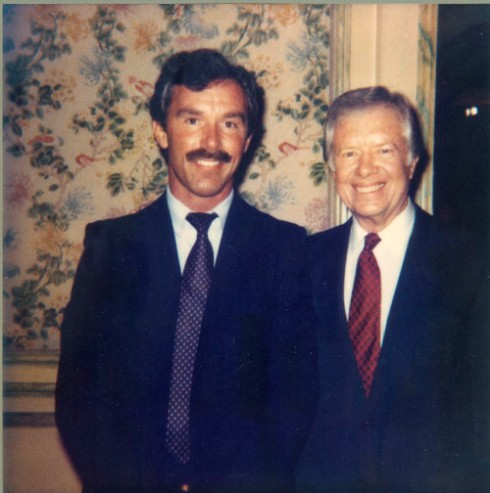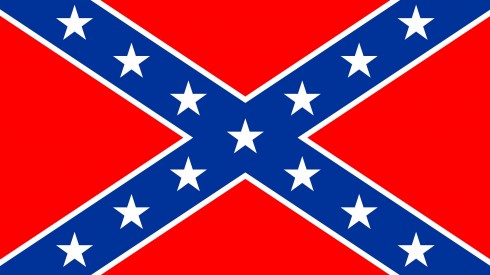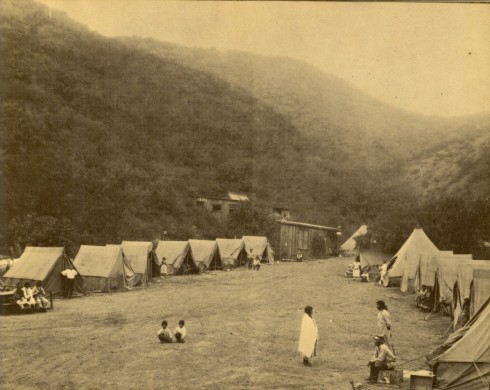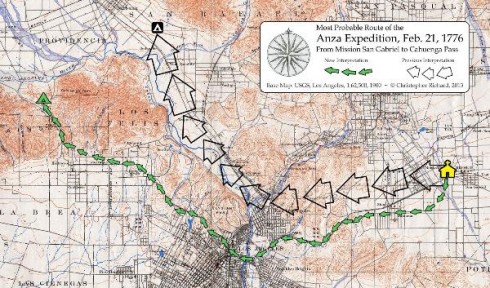Los Angeles’s Homeless Emergency
Leslie Evans
The spread of homeless camps outward from Downtown Skid Row into every neighborhood spurred seven L.A. City Council members and Mayor Eric Garcetti on September 22 to declare homelessness a city emergency and promise to raise $100 million to ameliorate it. There is a long unhappy back story here. The city for decades has tried to nickel and dime its way out of the homeless morass. It has put what money it has allocated for this problem overwhelmingly into police and Department of Sanitation cleanups of homeless camps, spending $100 million in 2014, of which 67% went to these services, which took no one off the streets.
Shocked by Los Angeles Homeless Services Authority (LAHSA) numbers from its January 2015 point-in-time count, the city found that it had 26,000 homeless people within its borders, 12% more than in 2013, but with an astounding 84% growth in the number of street camps and people living in vehicles. Read more
JEREMY TARCHER: WEST COAST PUBLISHING LEGEND
Publisher Jeremy Tarcher (photo Ken Hively/LA Times). This photo best summed up Jeremy’s image
By Bob Vickrey
There was a pronounced cadence and deliberate pacing to his speech pattern. He always spoke very pre-cise-ly while utilizing perfect enunciation of each word. Many of us who worked with Jeremy Tarcher in the book publishing business were completely captivated by his style and extraordinary elegance.
That distinctive voice was silenced on September 20th when he died at his home in Los Angeles from complications of Parkinson’s disease at the age of 83.
Jeremy P. Tarcher carved out a publishing niche for himself more than 40 years ago, and helped usher in a movement that spread across the country in decades to follow. His books on creativity, psychology, spirituality, and social consciousness made significant contributions in a field that came to be known as the “human potential movement.”
He had come from a show business background before he founded his publishing house, which was located in the heart of the Sunset Strip only a few blocks from Tower Records, Spago, and Book Soup. Jeremy P. Tarcher Books effectively revolutionized West Coast publishing by offering books focused on the mind, body, and spirit. Read more
KEEPING UP WITH JIMMY CARTER ON THE BOOK TOUR
Bob Vickrey and President Jimmy Carter at the Beverly Wilshire Hotel, March 1985
By Bob Vickrey
While watching former President Jimmy Carter describe the details of his recent cancer diagnosis during a televised news conference, it occurred to me that anyone who had ever met him in person was not surprised by the gracious manner in which he was now confronting his own mortality. That congenial style has long been his trademark.
His tireless energy has been on display since he left the White House 35 years ago—even now at the age of ninety. His commitment to international humanitarian work has been well documented, particularly for his beloved project, Habitat for Humanity
The familiar smile he flashed often during the press conference took me back to a time in March of 1985, when I stood on the steps of the Beverly Wilshire Hotel anxiously awaiting his arrival. I was to escort him during his Southern California stop on his national book tour. Read more
There Goes the Robert E. Lee
By Paul Morantz
Like my father before me, I will work the land,
And like my brother before me, I took a rebel stand.
He was just eighteen, proud and brave,
but a Yankee laid him in his grave.
I swear by the blood below my feet
You can’t raise a Caine back up when he’s in defeat
The night they drove old Dixie down
And all the bells were ringing,…
Guess we won’t be hearing “The Night They Drove Old Dixie Down” on the radio any more.
Why, you ask? Well, doesn’t it refer to a dark time in our history, an era drenched in lynchings, hatred, , the shameful enslavement of a race of people and a bloody and destructive civil war? We certainly wouldn’t want people to remember all that, would we? Better it all be “Gone With the Wind,” right?
That seems to be the logical conclusion to be drawn from the current public outrage over the display of the Confederate flag, sparked by the tragic killing of nine innocents at a black church in Charleston, South Carolina. It was a despicable act, and when the alleged perpetrator was seen on the Internet spouting hateful racist beliefs and proudly clutching the Confederate flag, the resulting public outcry was understandable. Read more
Honey goes around and around Griffith Park with Anza
NOTES FROM ABOVE GROUND
By Honey van Blossom
(Honey is a Belgian Marxist former strip-tease artiste)
This is an undated photograph of members of the Cahuenga village camping on the
Cahuenga Pass. Anza Society website.
Old Way Stack Cropped is the map that accompanies Professor Quinn’s essay on the
Anza route. I got it from the Anza Society website.
It’s well known that Walt Disney first thought up Disneyland when he was sitting on a bench in front of the merry-go-round in Griffith Park (4730 Crystal Springs Drive). The Department of Parks and Recreation donated the bench to Main Street, U.S.A., so you have to go to Anaheim to see it. It’s currently on display in the Opera House lobby. James Dean’s bronze bust at the Griffith Park Observatory atop Mt. Hollywood (on the sidewalk to the west of the main lawn) commemorates the making of key scenes in Rebel Without A Cause. The 1960s Mission Impossible television series used the merry-go-round, the observatory, the tunnel – I think that’s the same tunnel as in Who Framed Roger Rabbit that is the entrance to Toontown – and the Bronson Caves. Griffith Park also sometimes played other planets in the television Star Trek series. Griffith Park ends on the western side a little to the east of Universal Studios. Before that, Griffith Park played a role as a civil war battlefield and many roles as a Far West landscape for cowboy films, both silent and talkie.
Long before movies and cartoons, the Griffith Park part of the Santa Monica Mountains was inhabited. The mouth of Fern Dell Canyon (Los Feliz Boulevard, Red Oak Drive, Fern Dell Place) was a Tongva village site. The Tongva village of Kah-Ween-ga (Cahuenga) was on the banks of the Los Angeles River, probably on the San Fernando Valley side of the pass. Indians lived in the Los Angeles area, including the San Gabriel Valley and the San Fernando Valley, for at least 8,000 years pre-contact with Europeans. Read more


